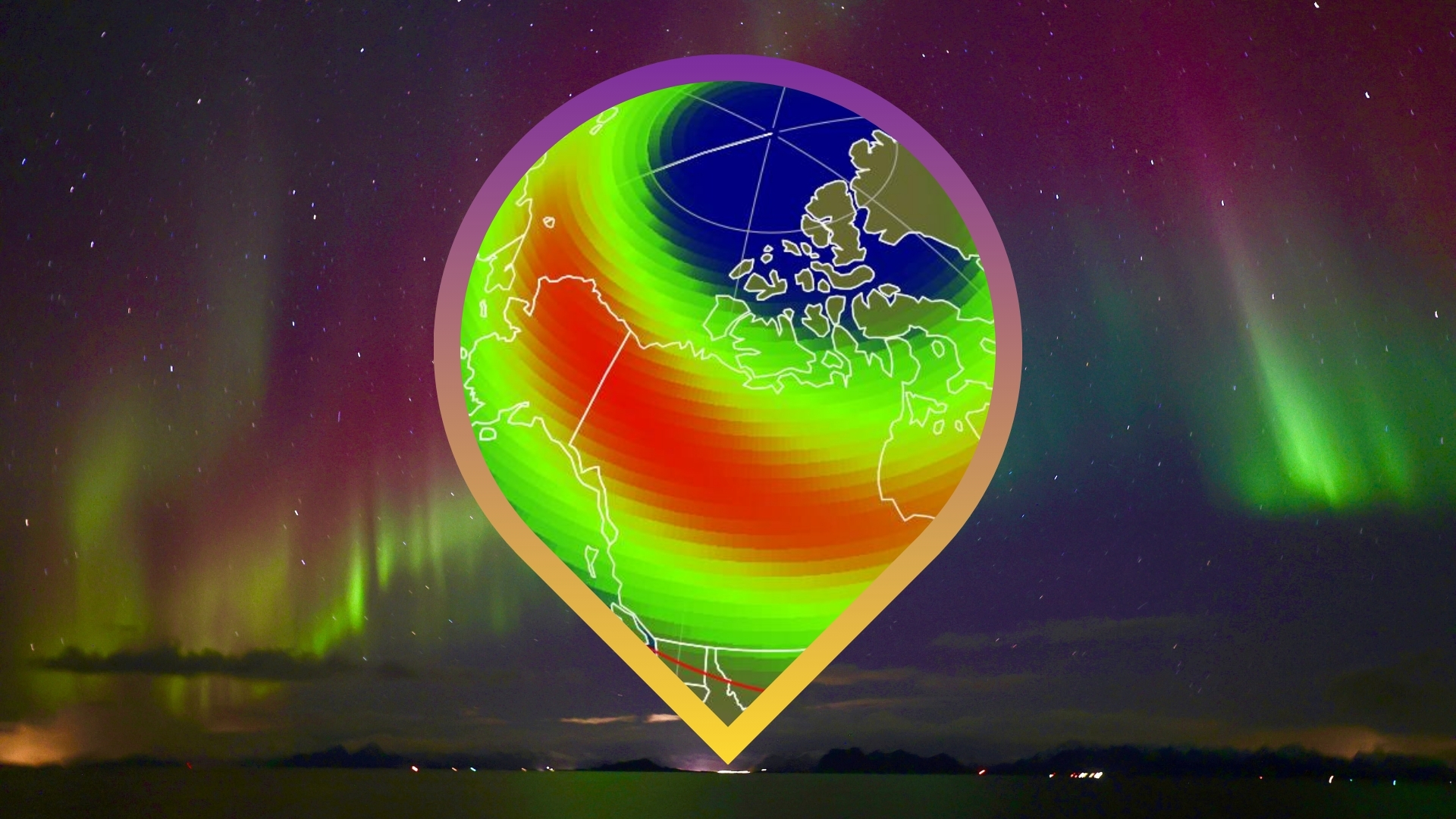Mars Telecommunications Orbiter: Interplanetary Broadband
Lockheed Martin Space Systems is expected to land a $500 million contract to build the Mars Telecommunication Orbiter, said Roger Gibbs, MTO project manager at JPL in Pasadena, California. The MTO is intended by NASA to pioneer the use of lasers in planet-to-planet communication; the intended launch date will be sometime in 2009.
The Mars Telecommunication Orbiter will be the first interplanetary spacecraft whose main mission is to provide communications services to other missions. It will orbit Mars at a higher altitude than most orbiters, about 2,800 miles above the Martian surface. This will provide an enhanced line of site to Earth. The spacecraft will communicate with Earth via two radio bands and a new optical communications terminal, which will demonstrate the use of a near-infrared laser beam for interplanetary communications.

Information from the spacecraft will be beamed to the 5-meter Hale Telescope at the Palomar Observatory in California. Optical communication provides the potential for transmission speeds that are orders of magnitude better than those currently available.
The need for enhanced communications between the planets was anticipated early on by science fiction writers. George O. Smith, in his 1942 novella QRM - Interplanetary, writes about the work of the United States Army Signal Corps in creating a series of interlinked telecommunication stations around the inner solar system. The system for Venus worked as follows:
The Venus Equilateral Station occupied one of the Trojan points sixty degrees ahead of Venus; it was an enormous space station three miles long and one mile in diameter, spun for gravity, and home to 2600 people. Writing in 1976, Arthur C. Clarke said that George O. Smith was "probably the first writer - certainly the first technically qualified writer - to spell out the uses of space stations for space communications. George Smith, I'm sure, correctly anticipates the future."
The more modest Mars Telecommunications Orbiter is expected to transmit data at a rate of 1 megabit per second when Mars is furthest from Earth and reception takes place during the day. When Mars is at its closest approach and reception takes place at night, data transmission rates of 10-30 megabits per second are expected. In contrast, NASA's Mars Odyssey orbiter transmits data at about 128,000 bits per second, about twice as fast as a dial-up connection.
Read more at Lockheed milks mars and NASA to test laser communications with Mars spacecraft; thanks to Fred Kiesche for the story and the reference.
Breaking space news, the latest updates on rocket launches, skywatching events and more!
(This Science Fiction in the News story used with permission from Technovelgy.com - where science meets fiction.)
Bill Christensen is the founder and editor of Technovelgy, a website dedicated to cataloguing the inventions, technology and ideas of science fiction writers. Bill is a dedicated reader of science fiction with a passion about science and the history of ideas. For 10 years, he worked as writer creating technical documentation for large companies such as Ford, Unisys and Northern Telecom and currently works to found and maintain large websites. You can see Bill's latest project on Twitter.
